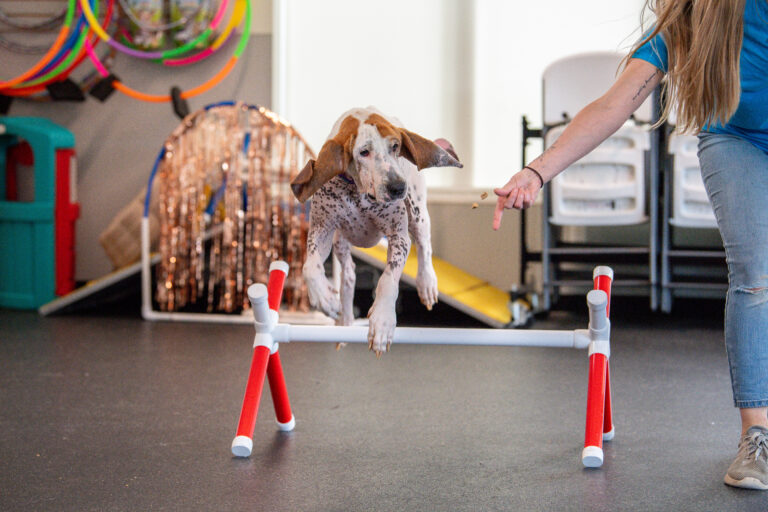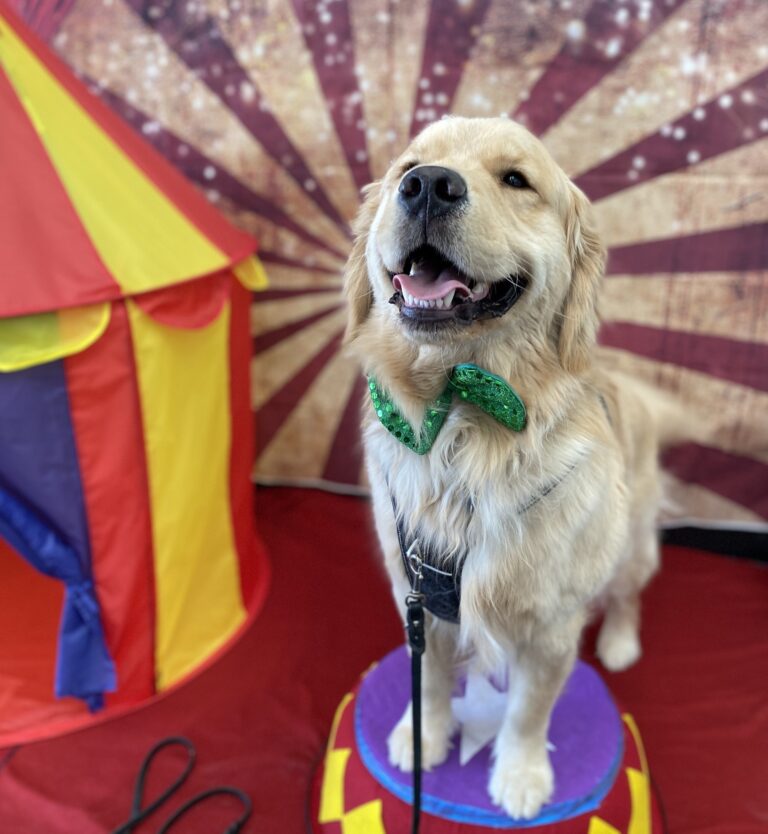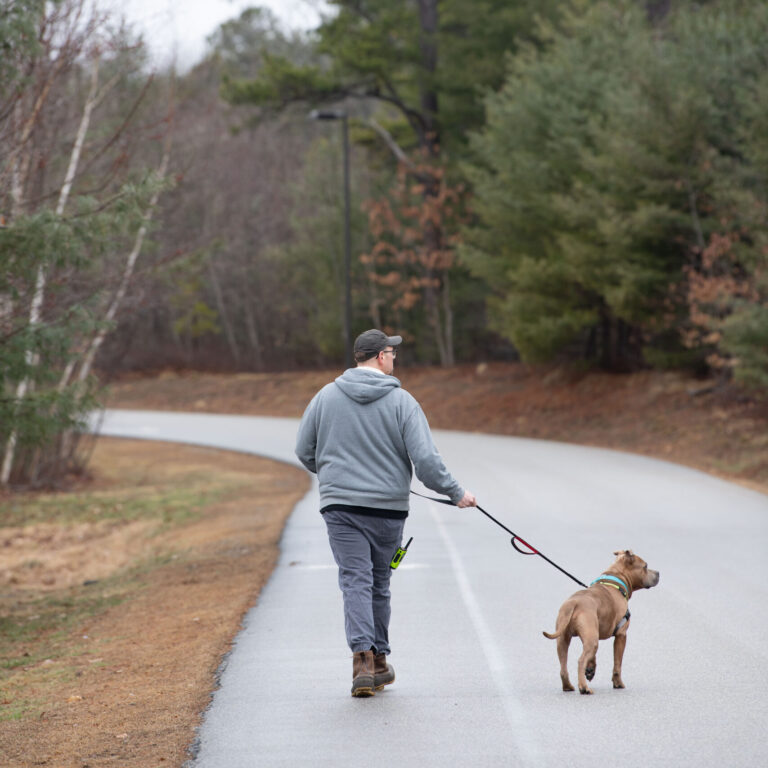Why Use a Crate and How to Crate Train
Crate training is a great training and management tool for your dog. Training your dog can benefit all stages of life from being a puppy, adult dog or a senior dog. Not only giving yourself more peace of mind, but crate training can also give dogs a sense of security and comfort.
Why You Should Crate Train Your Dog
Having an enclosed space for your dog creates a shelter for them to rest and relax. It is useful for house-training, brief alone-time, settling and any form of travel. Most importantly, a crate teaches your dog to hold it when they have to go to the bathroom. A crate can help your dog in many ways – and save your carpets!
Crate training means your dog can find a place where they can learn to self-soothe or deal with any anxiety during situations of distress. In an emergency, knowing you have a crate that your dog is trained and comfortable in can be very important. Overall, crate training is an essential piece of training your dog that can make both of your lives much easier with successful training!
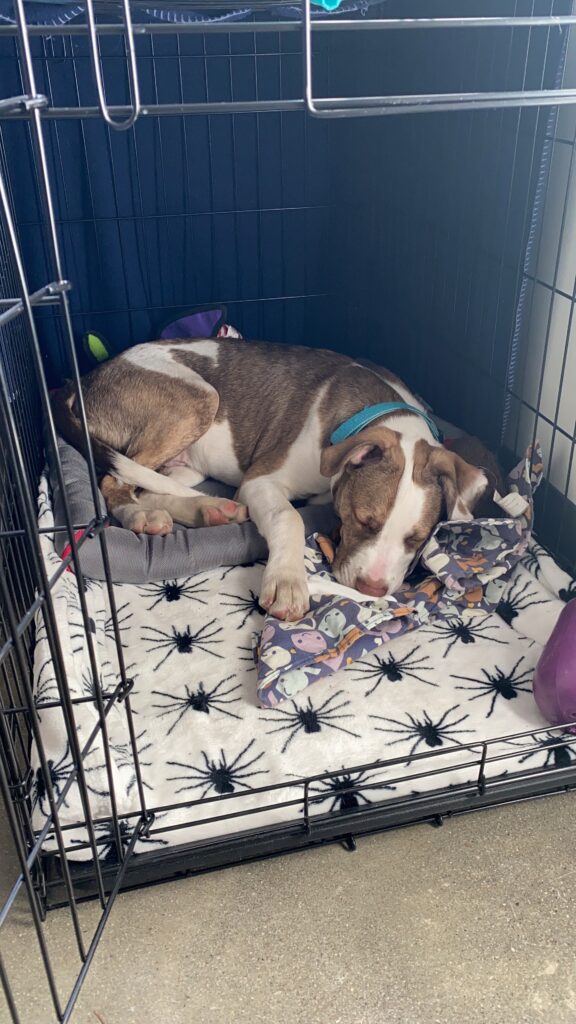
How to Crate Train Your Dog
Crate training is an important part of housebreaking puppies and is key to start at a young age! The first day you bring your dog home, you want to begin crate training right away. Start by throwing some small treats into the crate one at a time. Praise your dog when they go to get the treat. When your dog feels comfortable going into the crate, practice closing the door for one to two seconds and treat them through the door. Let them back out and repeat this step several times, gradually building up to 10 seconds with the door closed.
Once your dog starts feeling comfortable with the door closed for 10 seconds while crate training, try stuffing a kong with something very yummy or use a special bone that will take longer for them to chew. Putting the treat in the crate and shutting the door, start to move around the house normally. Let your dog out after around five minutes or when they finish their treat. Don’t make a fuss over them. Repeat this process several times, varying the length of your absence from one to 20 minutes.
Finally, when you’ve reached the point where your dog is okay being left alone in the crate while you’re in the house, try leaving them for short errands. Be sure to give them a delicious treat to occupy their time and go grab the mail or do some work outside. Gradually build your absences and the length of time you are gone.
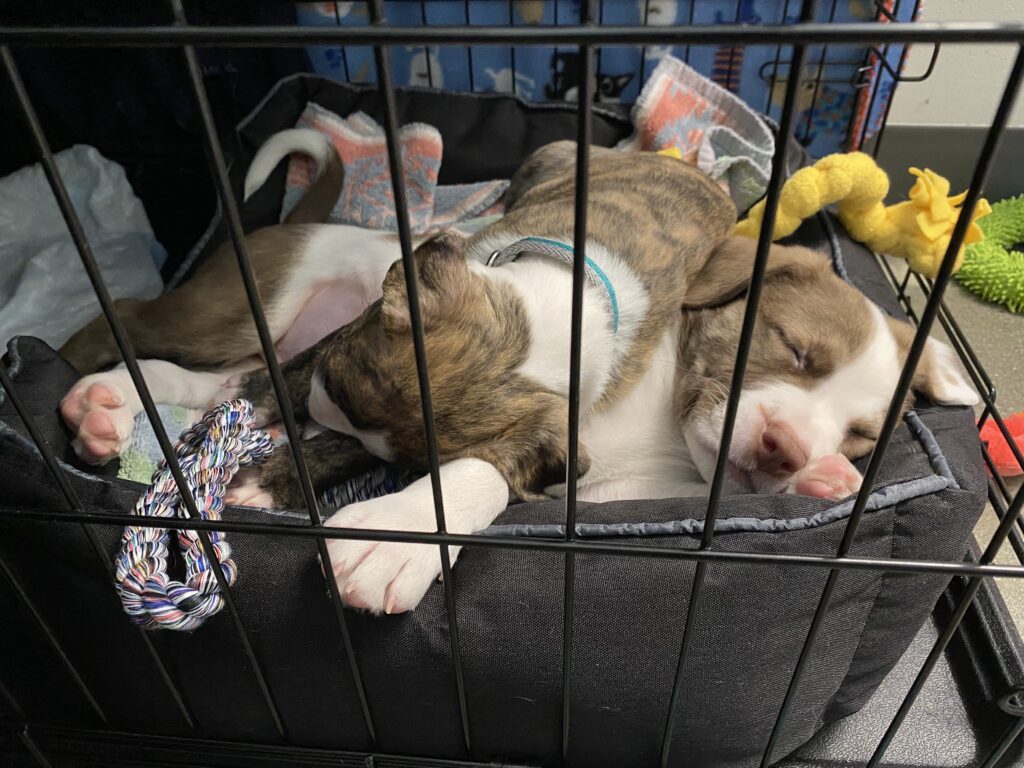
Building on These Foundations
Once your dog is successfully crate trained, you may find that you want to further your training with your canine companion. Our Canine Training programs are just the place! From group classes, to special individualized consultations and one-on-one lessons, find what works best for you and your dog!

